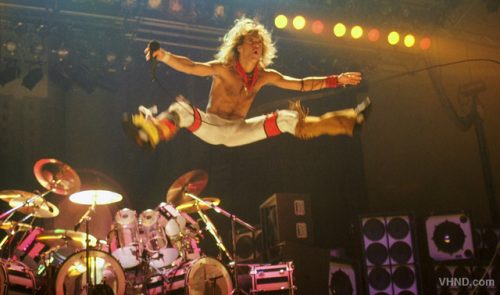There are a lot of people and companies I'd trust to come in and hang a 100,000 pounds of gear over my head, and a few I wouldn't.
https://www.safetydimensions.com.au/van-halen/
Van Halen’s Brown M&Ms – Their Key To Rock and Roll Safety
There’s a long tradition of musicians and actors adding absurd demands to their performance contracts just because they could.
Van Halen, the American rock band of the ’80s was infamous for this inclusion in their contract, Article 126, "There will be no brown M&M’s in the backstage area, upon pain of forfeiture of the show, with full compensation."
For years this clause was seen as a frivolous and ego-maniacal expression of the rock and roll lifestyle.
In his book, Crazy From the Heat, original frontman David Lee Roth explains that the request was actually a quick safety assessment. With tons of stage equipment, high powered electronics, pyrotechnics and large crowds, the humble brown M&M was a warning signal to see if the stagehands had been paying attention to each detail of the written contract to ensure the safety of the band, crew and audience.
Lee Roth writes:
"Van Halen was the first band to take huge productions into tertiary, third-level markets. We’d pull up with nine eighteen-wheeler trucks, full of gear, where the standard was three trucks, max. And there were many, many technical errors, whether it was the girders couldn’t support the weight, or the flooring would sink in, or the doors weren’t big enough to move the gear through. The contract rider read like a version of the Chinese Yellow Pages because there was so much equipment, and so many human beings to make it function.
So just as a little test, in the technical aspect of the rider, it would say Article 148: There will be fifteen amperage voltage sockets at twenty-foot spaces, evenly, providing nineteen amperes’ And article number 126, in the middle of nowhere, was: 'There will be no brown M&M’s in the backstage area, upon pain of forfeiture of the show, with full compensation.’
So I would walk backstage, if I saw brown M&M’s in that bowl... well, line-check the entire production. Guaranteed you’re going to arrive at a technical error. They didn’t read the contract. Guaranteed you’d run into a problem. Sometimes it would threaten to just destroy the whole show. Something like, literally, life-threatening.
Dan and Chip Heath’s book,
Decisive, How to make better decisions in life and work they summarise that David Lee Roth was no diva; he was an operations master. In Van Halen’s world, a brown M&M was a tripwire."

